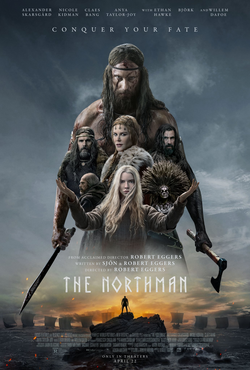How we keep time (or better, mark time) is fascinating to me. Unlike our concept of schedules, the earth’s revolution and rotation do not give us evenly long days or years. Yet we still work 9-2-5 and even though many studies show a four-day work week is more productive, we just can’t give up old ways of marking time. A weekend (a fairly new development) is two days only. A leap year, however, contains an extra day for “the man.” That’s because today is not a holiday. It’s a necessary day to keep months in sync with years, otherwise March would slowly have September weather. All of this is human convention, of course. As is capitalism and its “more is always better” outlook.
Our lives have changed with both the internet and the pandemic. We work more, not less. And I, for one, think we need to give working stiffs another day off. We could start with today. (I know, big man, that you fear losing money—I realize this is important to you! What I’m suggesting might make you wealthier, however.) After all, today is a gimme. What would we do with a whole other day if we had one? I know, our standard answer is work, but what if life were more than just what you were paid to do? It would be a holiday. The thing about holidays is that we don’t know what ancient events prompted the origins of some of them. Those for solstices and equinoxes are obvious enough, but other days became special for unknown reasons. Why can’t February 29th be such a day?
Some employers make up the difference by making election day a holiday. That one should be a national holiday, really. And since presidential elections fall on leap years, I guess we get February 29 off on the first Tuesday in November. Holidays have always fascinated me since they project an aura of something special happening on that particular day. Something that makes it different from other days. People born on this day joke about aging four times slower or faster, depending on your perspective. Doesn’t that seem enough to qualify as a special day? For most of us, however, today is just another Thursday, and for many it’s just another Thursday at the office. And it propels other marked days in the year ahead so your birthday next time around skips a day. There’s a kind of magic to today. Maybe we should mark it in some way.















